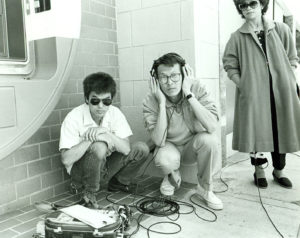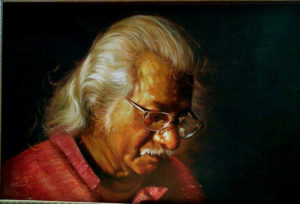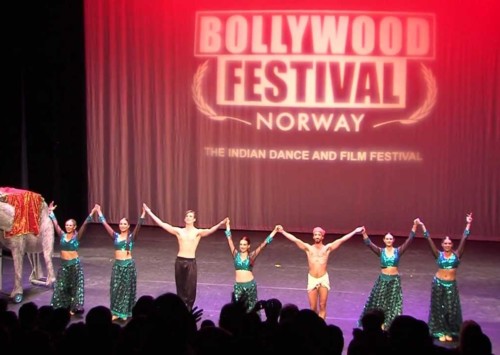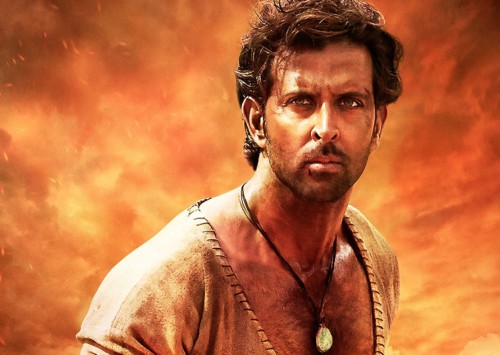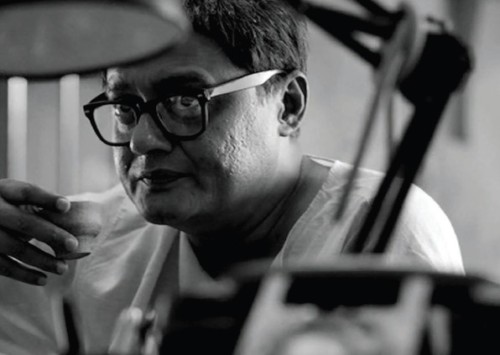Cinema, Society and Democracy
With Indian films earning accolades at the recent Toronto International Film Festival, three-city tour of the Indo-European Film Festival and no dearth of cine lovers, Indian film makers are spearheading the need for adequate representation for an international audience while the country continues to inspire international film-makers, both in terms of stories and a keen ground for showcasing their films, but not without challenges.
Adoor Gopalakrishnan, a veteran Indian film director, scriptwriter, producer and a revolutionary figure for Malayalam cinema, just had his film Pinneyum, literally ‘Once Again’, left the Toronto International Film Festival (TIFF 2016) in awe. As someone who has headed the National Film Awards.
In India, he was asked if Indian films getting selected in film festivals outside the country sends a message in the favour of sustainable content in Indian cinema, to which he said, “Generally, festivals are US-Europe centric. Most of the Indian films being made are neither erotic nor exotic. This is a big handicap in catching the attention of the usual festival selectors. Some important films in the Indian context simply do not get selected because the selectors are hardly familiar with life and goings on in India.”
Not so festive, after all
This year, TIFF showcased 12 Indian films and films centred around the country, comprising Deepa Mehta’s Anatomy of Violence, Adoor Gopalakrishnan’s Pinneyum and Buddhadeb Dasgupta’s Bait. The documentary section saw young filmmakers, Shirley Abraham and Amit Madheshiya’s Cinema Travellers which spelled poetry on screen with its showcase of the gypsy-distributors of films who took the art far and wide as well as Khushboo Ranka and Vinay Shukla’s An Insignificant Man, an important film for the democracy that is India. Ranka’s gift to the country in the form of the first virtual reality film, Right to Pray, was also showcased during the festival. Despite the slow footing that Indian filmmakers are gradually finding, it was imperative to ask Gopalakrishnan if in his opinion India is failing to make a mark in international film festivals. He echoed the sentiment of independent filmmakers in the country by stating, “There is no conscious effort on the part of the Indian nation to support and promote the production of a cinema of excellence. The so- called film industry also makes it difficult for new voices to be heard.”
André Ceuterick, Director, Festival International du Film D’Amour de mons, suggests that more face-to-face interactions are required between India and the world for prospects to be explored, owing to which he came down to conduct a Masterclass on filmmaking at Satyajit Ray Film and Television Institute (SRFTI), a reputed film institution in Kolkata. “It’s about meeting the right people, going to the right places, and wanting to show your films,” said Ceuterick, when asked about how independent filmmakers can overcome the obvious challenges of the commercial viability of the films that they make and the subjects that intrigue them to make their films. The Embassy of Belgium with Wallonie-Bruxelles Internation (WBI) along with Goethe Institute Max Mueller Bhavan, Italian Embasy Culture Centre, Camoes-Portuguese Embassy Cultural Centre, Embassy of Switzerland in India in association with Culture Monks organised this unique celebration of cinema at SRFTI called the Film Festivals from Europe.
Humbugs en route to success
Both Andre Ceuterick and Adoor Gopalakrishnan had very interesting takes on censorship as a factor that hinders the scope for filmmakers. Gopalakrishnan noted, “Censorship is an archaic concept suitable for dictatorships, not democracies. Unfortunately, the official view is that the viewer is immature and he/she should be protected from bad influences. While the censors look for explicit scenes of sex to cut, terrible sequences of violence get through unhurt.” Also, passing a remark on the censor boards even in film festivals, Ceuterick said, “I was once surprised in an Arab country where people in the audience were openly watching porn on their phones, but an artist’s vision of inculcating nudity as a motif was banned in form of not allowing such films being screened at the festivals there.”
It is safe to concur that the increasing exposure to international funds and finding a way to showcase films at international film festivals is indeed creating new avenues for filmmakers in the country. It is however a source of despair for all to not be able to garner adequate encouragement and support in the country itself. It, perhaps, reminds one of what Bob Dylan once famously said, “Look, when I started out, mainstream culture was Sinatra, Perry Como, Andy Williams, Sound of Music. There was no fitting into it then and of course, there’s no fitting into it now.”

